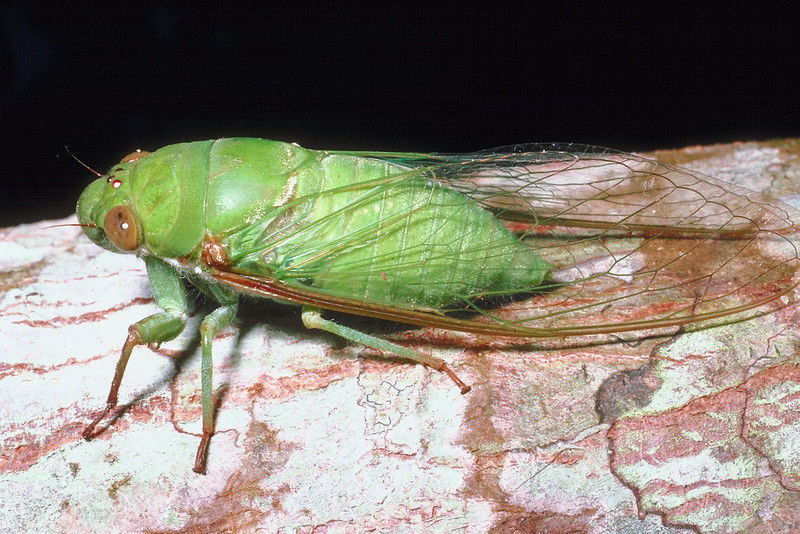Cicadas and their enemy, cicada killer wasps, are out in Texas
Published 1:55 pm Monday, August 7, 2017
Cicadas, or what some call locusts, are fairly large insects but can vary in size, with some growing more than 1 1/2 inches long. Color may also vary depending upon species, but many are brown or green.
All cicadas have bulging eyes and, on adults, wings that are held roof-like over the body. The wings are semi-transparent with thick wing veins. The majority of their life cycle is spent underground.
Trending
Cicadas have two- to five-year life cycles and appear in Texas in mid- to late-summer. Females insert egg clusters into branches of trees, using their saw-like egg-laying structure. Eggs hatch after about six weeks, and small nymphs drop to the ground where they burrow into the soil.
The periodical cicada species that do occur in Texas complete their life cycles in 13 years, although some emerge almost every year. Adults emerge from April through July, depending upon species and locality.
Nymphs feed on sap of tree roots with their piercing-sucking mouthparts. After becoming fully developed, nymphs emerge from the ground at night and climb onto nearby objects such as tree trunk, plants, fences, etc. Adult cicadas emerge from the last nymphal stage leaving behind the exuviae (cast skin). Adults can live five to six weeks.
Male cicadas are well known for their “song.” They rest on a tree and produce a whining sound to attract females. The sound is produced by two vibrating membranes on the side of the abdomen. Females do not “sing.”
CICADA KILLER WASPS
The cicada killer is a wasp, and its size can be alarming to homeowners. These wasps fall into the solitary wasp species.
Trending
The cicada killer wasp, Sphecius speciosus, is a large wasp reaching up to 1 1/2 to 2 inches long. Theses wasps have a rusty red head and thorax. Overall they are black or rusty in color, with yellow band markings on the abdominal segments. They also have russet-colored wings. Other wasps in this species include digger wasps, sand wasps and mud daubers.
Winter months are spent in the larval and pupal stage. Adults emerge in the summer, feed, mate and produce new nesting burrows. The female provisions each cell in the burrow with one or more paralyzed cicadas on which an egg is deposited, and then they are sealed. The larvae hatches and develops. One generation occurs per year.
Cicada killer wasps nest in sandy areas, digging burrows about 6 inches deep before turning and extending another 6 inches more. Tunnels may be branched and end in one or more globular cells. These wasps are active during July and August, coinciding with the appearance of cicadas. The wasp attacks the cicada and stings it, causing it to become paralyzed. The wasp then flies, glides or drags the cicada back to the nest. While the larvae feed on the cicada, the adult wasp feeds on flower nectar and is an occasional pollinator.
Cicada killer wasps are one of the largest wasps. Females are capable of stinging, but they are rarely aggressive to man or animal. Males are incapable of stinging and can be more aggressive. A typical development for a cicada killer is 10 to 11 months.
Cicada killer wasps are considered harmless and do not need to be controlled. These wasps in certain situations can be considered a nuisance if large colonies are seen in a general area. Like some dogs, their bark is worse than their bite; or you can say their buzz is worse than their bite, as the old adage goes.
Since the cicada killer wasp is a beneficial insect whose above-ground activity is limited to only a few months when cicadas are active, control is not necessary in most cases. However, if you have several of these insects year after year, you may want to discourage them from coming to your yard, especially if children play in the area.







